15 Secret Spots Frequent Travelers Keep To Themselves
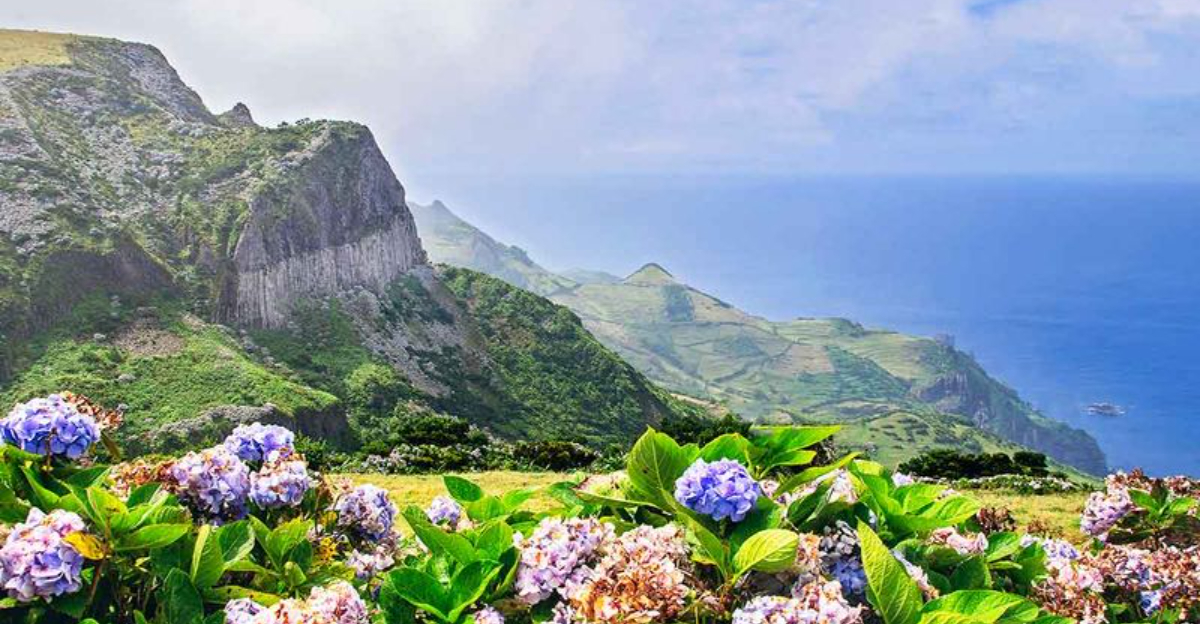
Tired of battling crowds just to snap a photo or enjoy a meal? You’re not alone. Seasoned travelers often skip the usual hotspots and retreat to places where authenticity still thrives—and where you won’t have to elbow your way through selfie sticks.
Think cobblestone streets without souvenir shops on every corner. Think coastal villages where the loudest sound is the sea, not a party boat. In this post, I’m pulling back the curtain on 15 under-the-radar destinations that seasoned explorers swear by—places they’ve quietly revisited for years.
Why keep them secret any longer? If you crave charm, culture, and calm, this list might just change the way you travel. Which hidden gem will you explore first?
1. Chefchaouen – Morocco’s Blue Pearl
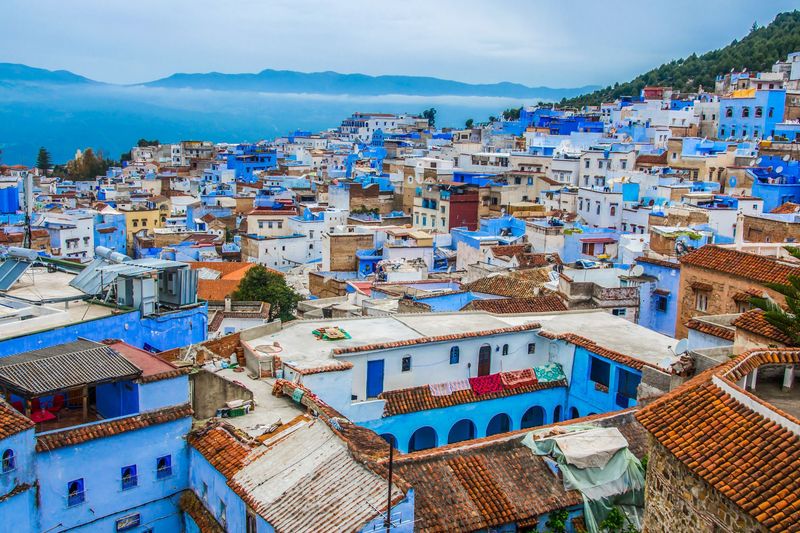
Nestled in Morocco’s Rif Mountains, this azure-washed town seems pulled from a fairytale. Every wall, door, and staircase is painted in mesmerizing shades of blue, creating an otherworldly atmosphere as you wander through narrow alleyways.
The local Berber markets offer authentic crafts without the aggressive haggling you’ll find in Marrakech. Morning light transforms the town into a photographer’s paradise as shadows play across the blue-tinted architecture.
Few travelers make it here because it’s a three-hour drive from the nearest major city, but those who do discover a peaceful mountain retreat where cats nap on blue doorsteps and the call to prayer echoes beautifully against azure walls.
2. Isle of Eigg – Scotland’s Sustainable Haven
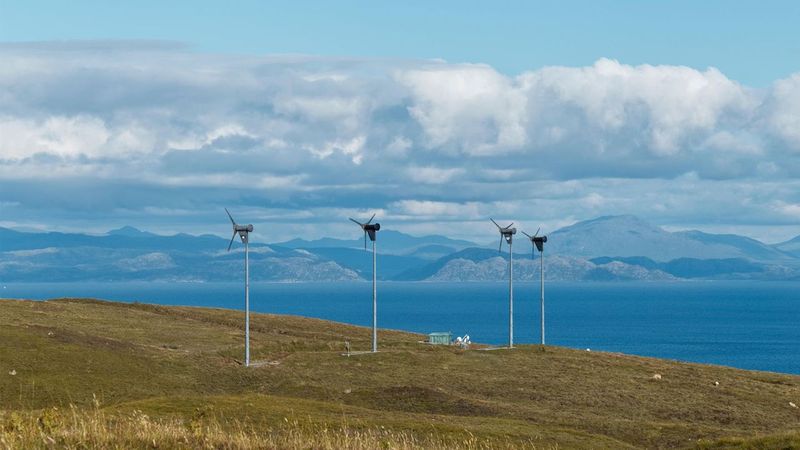
This tiny Scottish island might be the perfect escape from modern life. Just 5 miles by 3 miles, Eigg runs entirely on renewable energy and offers dramatic landscapes without the tourist buses found on Skye.
The island’s centerpiece is An Sgùrr, a dramatic pitchstone ridge that dominates the skyline. Locals welcome visitors with genuine warmth at the single pub, where impromptu music sessions happen regularly.
Wildlife enthusiasts spot minke whales, dolphins, and golden eagles along coastal paths. The limited ferry service keeps visitor numbers low, preserving the authentic Highland island experience that’s increasingly rare in Scotland’s more accessible destinations.
3. Colonia del Sacramento – Uruguay’s Portuguese Outpost
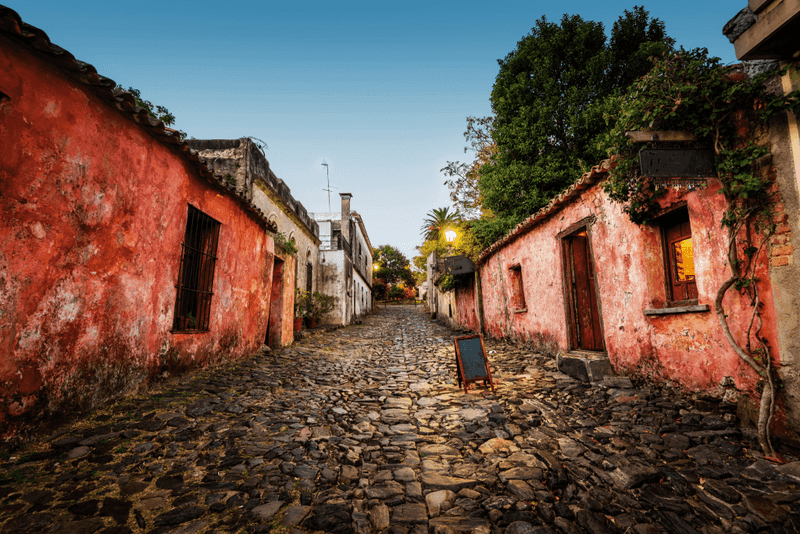
While tourists crowd Buenos Aires, savvy travelers hop the ferry to this UNESCO-listed colonial gem. Founded in 1680, Colonia preserves its Portuguese heritage through cobblestone streets and pastel-colored buildings that transport you back centuries.
Vintage cars decorate street corners, serving as planters or artistic installations. The lighthouse offers panoramic views of the Río de la Plata, with Argentina visible on the horizon.
Afternoons here unfold slowly – locals sip mate tea on ancient doorsteps while visitors explore artisan workshops hidden in colonial buildings. The town empties of day-trippers by evening, leaving behind a magical atmosphere as sunset bathes the historic quarter in golden light.
4. Kotor – Montenegro’s Fjord-Side Fortress
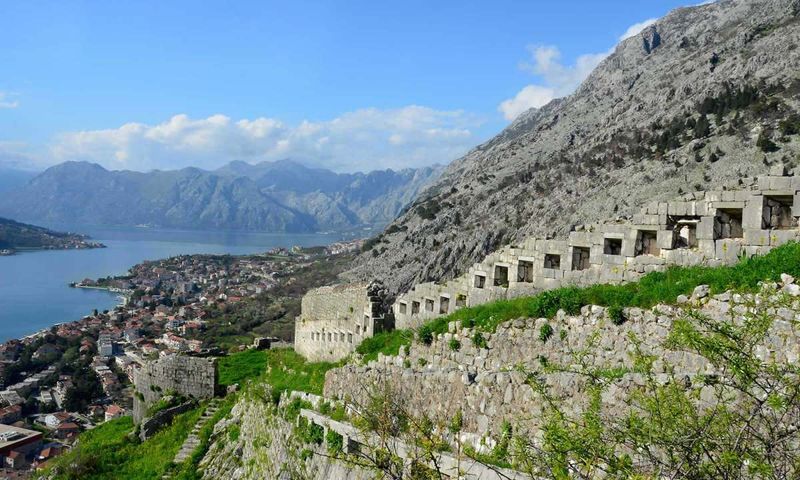
Hidden within Europe’s southernmost fjord lies a medieval town that rivals Dubrovnik without the cruise ship crowds. Kotor’s ancient walls climb dramatically up the mountainside, offering heart-stopping views for those willing to tackle the 1,350 steps.
Narrow marble streets form a labyrinth within the walls where Venetian palaces house family-run restaurants serving fresh seafood and local wines. Cats rule this town, lounging regally on centuries-old stones as unofficial mascots.
Morning is magical here – before day-trippers arrive, you can have the ancient squares almost to yourself. The surrounding bay creates a natural amphitheater where sound carries beautifully, especially during summer music festivals held in repurposed medieval churches.
5. Batanes – Philippines’ Untamed Archipelago
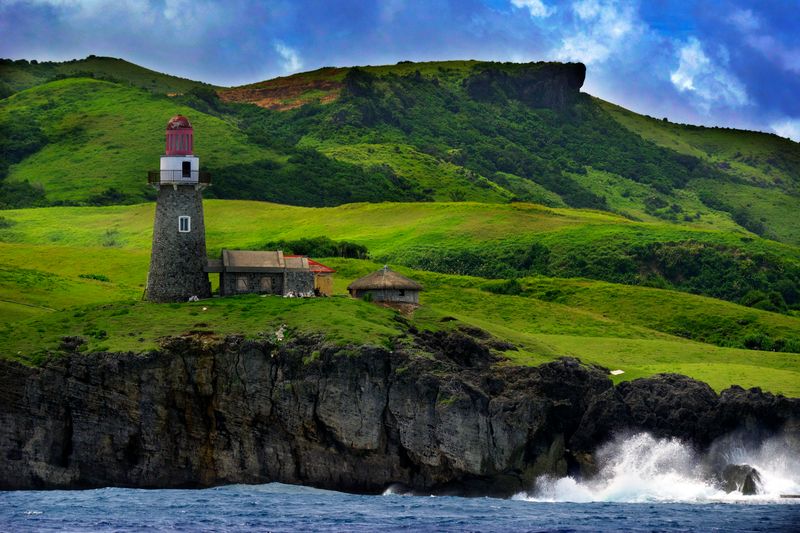
At the northernmost tip of the Philippines, where the Pacific Ocean meets the South China Sea, lies an archipelago that feels more like Scotland than Southeast Asia. Stone houses with grass roofs dot rolling green hills that plunge dramatically into turquoise waters.
The Ivatan people maintain traditions unchanged for centuries, living harmoniously with the powerful typhoons that regularly sweep these islands. Hedgerows divide the landscape into a patchwork reminiscent of Ireland, yet tropical flowers remind you you’re in the Philippines.
Limited flights and unpredictable weather keep mass tourism at bay. Those who make the journey find themselves in a place where fishermen still use ancient methods and stars blaze with unbelievable brightness over landscapes untouched by development.
6. Valbona Valley – Albania’s Alpine Wilderness
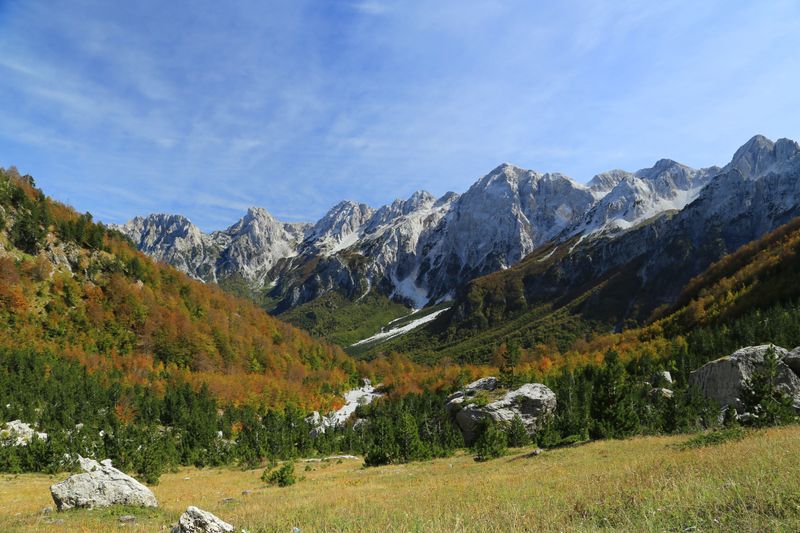
Deep in the Albanian Alps lies a valley so pristine it seems impossible it remains undiscovered. Crystalline rivers cut through meadows blooming with wildflowers while jagged limestone peaks tower overhead in this corner of Europe that time forgot.
Shepherds still lead their flocks to high pastures in summer, staying in traditional stone huts. Local families offer homestays in wooden houses where meals feature garden-grown vegetables and homemade cheese from their own animals.
Hiking trails connect isolated villages where elderly women still wear traditional dress and horse-drawn carts remain common transportation. The lack of light pollution makes stargazing extraordinary, with the Milky Way stretching visibly across the night sky above valleys that have changed little in centuries.
7. Islas Secas – Panama’s Private Paradise
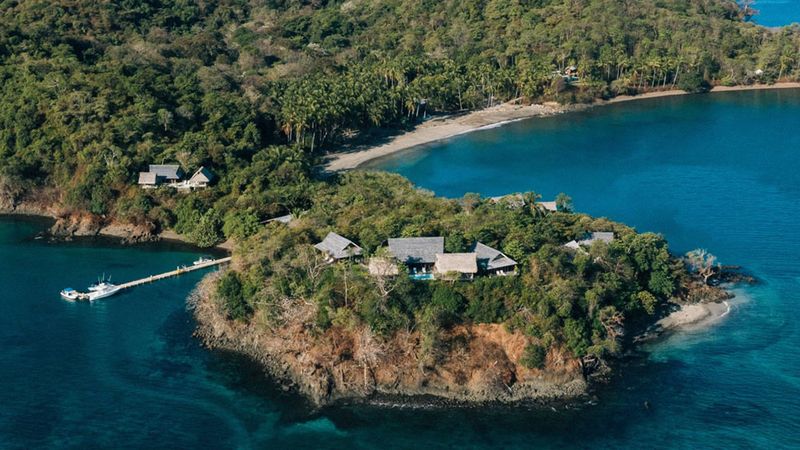
Off Panama’s Pacific coast, this archipelago of 14 tiny islands represents the ultimate escape. Only one island is inhabited, hosting a handful of luxury eco-casitas powered entirely by solar energy and surrounded by pristine coral reefs.
Marine life thrives in the protected waters – humpback whales migrate through annually, and over 750 fish species swim in the surrounding ocean. Unlike the Galápagos, you’ll rarely see another boat while snorkeling or diving here.
Conservation efforts protect nesting sea turtles and maintain the islands’ pristine condition. The limited number of visitors allowed at any time ensures you’ll often find yourself on completely empty beaches where the only footprints are your own and those of the occasional scarlet macaw.
8. Pucón – Chile’s Adventure Capital

Beneath the perfect cone of Villarrica volcano lies a lakeside town that combines adrenaline sports with hot springs and Chilean charm. Adventure seekers climb the active volcano to peer into its lava lake, then cool off by rafting pristine rivers or zip-lining through ancient araucaria forests.
German colonial influence shows in the architecture and kuchen (cake) shops that line wooden boardwalks. The surrounding area hosts seven national parks where pumas still roam and thousand-year-old trees reach skyward.
Winter brings skiers to volcano slopes, while summer sees locals and visitors alike enjoying beaches along Lake Villarrica. After dark, natural hot springs offer starlit soaking with volcanic views – the perfect remedy for muscles tired from outdoor adventures.
9. Sibiu – Romania’s Medieval Masterpiece
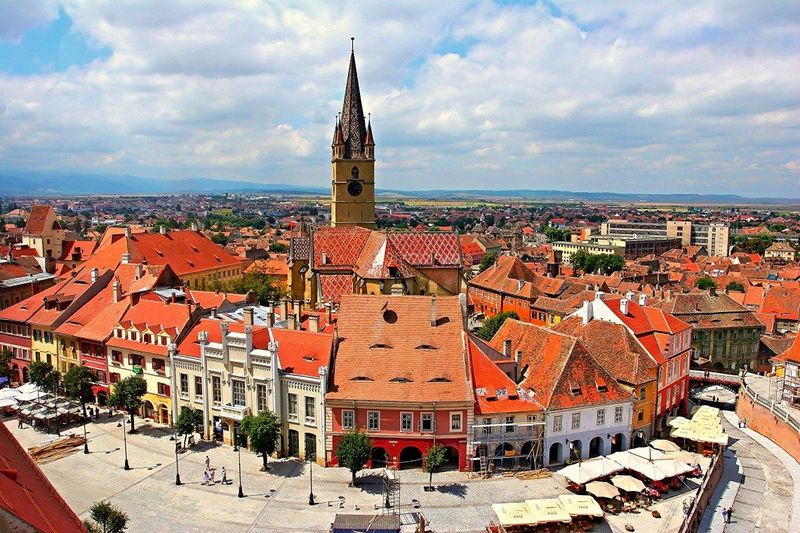
Houses with eyes watch over you in this Transylvanian city where roof windows resemble vigilant sentinels. Once the easternmost outpost of the Habsburg Empire, Sibiu preserves its medieval character through impeccably restored squares and fortified guild towers.
The Bridge of Lies, according to local legend, creaks loudly when anyone telling untruths crosses it. Underground passages connect the Upper and Lower towns, remnants of a defensive system rarely found intact elsewhere in Europe.
Cafés spill into cobblestone squares where classical musicians perform impromptu concerts on summer evenings. Beyond the city walls, traditional Romanian villages dot the countryside where horse-drawn carts still transport hay and farmers maintain practices unchanged for generations in the shadow of the Carpathian Mountains.
10. Chachapoyas – Peru’s Cloud Forest Kingdom
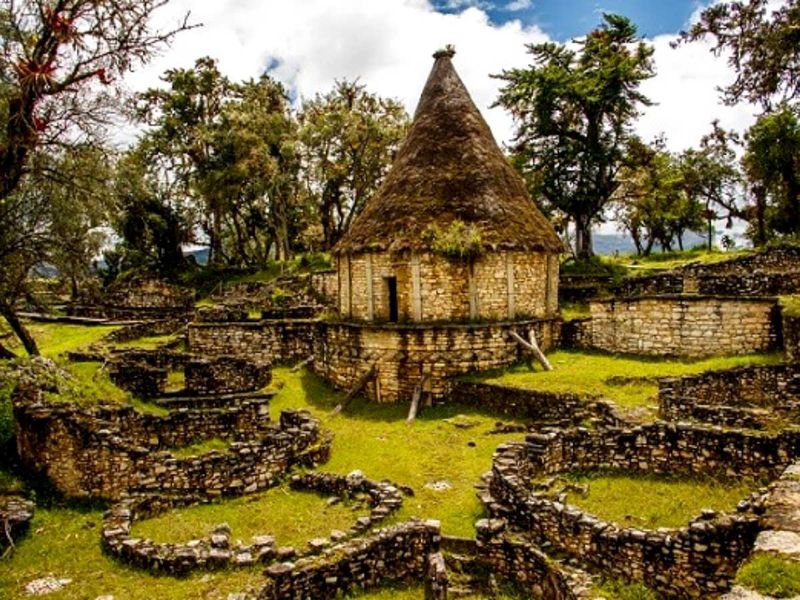
Hidden in northern Peru’s cloud forests lies the forgotten realm of the “Warriors of the Clouds.” This remote region hosts ruins that rival Machu Picchu without the crowds – including Kuélap, a massive fortress perched at 10,000 feet with walls three times taller than those at Cusco.
Waterfalls plunge hundreds of feet through misty forests where rare yellow-tailed woolly monkeys swing through branches. The recently discovered Gocta Falls, the world’s third-highest, remained unknown to the outside world until 2005 because locals feared disturbing the blonde mermaid said to live at its base.
Colonial architecture fills the pleasant main town where locals still speak Quechua. The surrounding mountains house dozens more archaeological sites still being discovered, making this region Peru’s last true frontier for archaeological exploration.
11. Flores Island – Azores’ Floral Wonderland
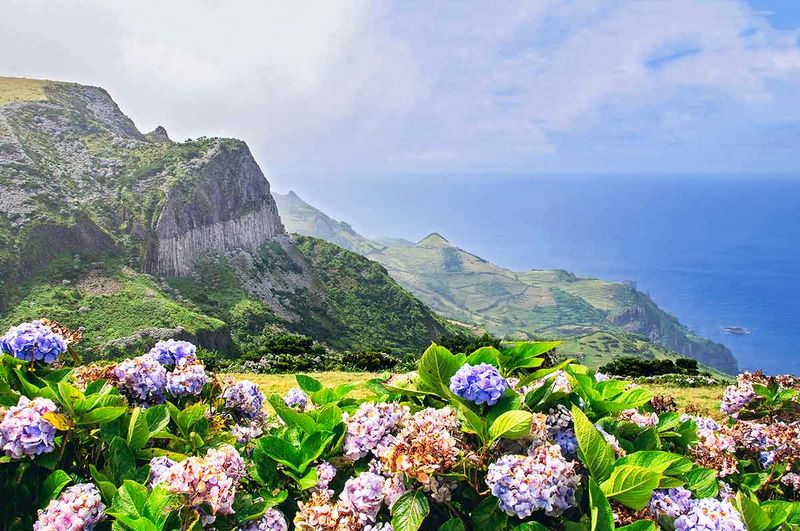
The westernmost island in Europe feels like the end of the world in the best possible way. Blue hydrangeas line every road on this volcanic outpost in the Atlantic, creating natural hedges that change the landscape to a painter’s palette each summer.
Waterfalls cascade directly into the ocean from sheer cliffs, while crater lakes reflect perfect mirrors of the sky above. The island’s isolation has preserved traditions lost elsewhere – locals still communicate between villages using a complex whistling language that carries across deep valleys.
Hot springs bubble up along coastal rocks, creating natural jacuzzis with ocean views. Hiking trails traverse landscapes varying from misty forests to volcanic calderas, often with no other hikers in sight despite scenery that rivals Iceland’s most famous spots.
12. Giethoorn – Netherlands’ Carless Village
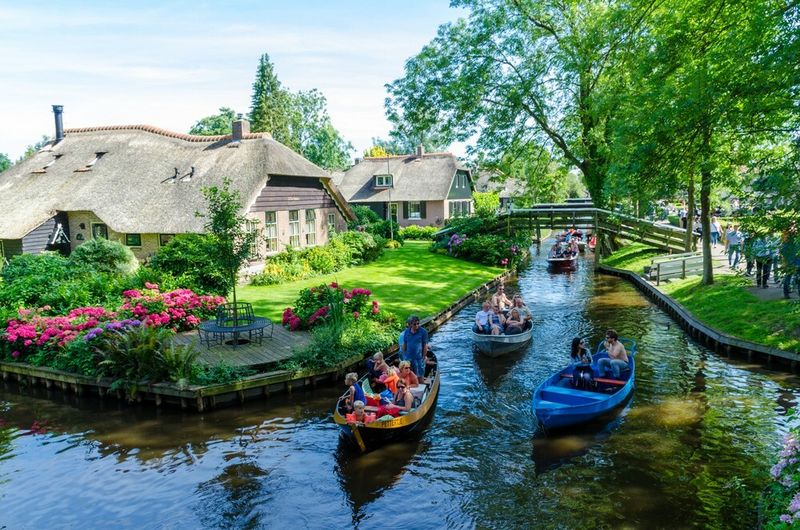
They call it the “Venice of the North,” but that comparison doesn’t capture the fairytale quality of this Dutch village built entirely on canals. No roads reach most homes – residents navigate to their thatched-roof cottages by whisper-quiet electric boats or on foot across arching wooden bridges.
Centuries-old farmhouses sit on their own tiny islands, surrounded by gardens that bloom spectacularly in spring. The silence here is remarkable – you’ll hear birds singing, the gentle splash of oars, and bicycle bells from the few paths that do exist.
Winter transforms Giethoorn completely as canals freeze solid, becoming ice highways where locals skate from house to house. The surrounding national park, De Wieden, offers rare peat bog landscapes where otters play and hundreds of bird species nest among reeds.
13. Vang Vieng – Laos’ Reformed Party Town
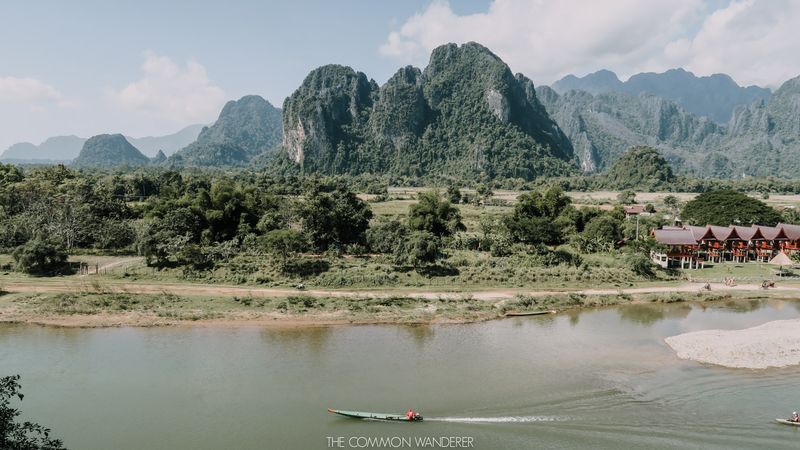
Once notorious for wild river parties, this town along the Nam Song River has reinvented itself as an eco-adventure paradise. Dramatic limestone karsts rise vertically from emerald rice paddies, creating a landscape that seems straight from a Chinese watercolor painting.
Blue lagoons hidden in jungle clearings provide refreshing swimming holes after hiking or mountain biking. Hot air balloons drift silently over the landscape at sunrise, offering breathtaking views of mist-wrapped mountains and the winding river.
The town now focuses on sustainable tourism with organic farms, butterfly gardens, and responsible kayaking tours. Traditional Lao life continues in villages across the river, where farmers work fields with water buffalo and weave textiles using methods unchanged for centuries, creating an accessible glimpse into authentic Southeast Asian rural life.
14. Tinos – Greece’s Spiritual Island
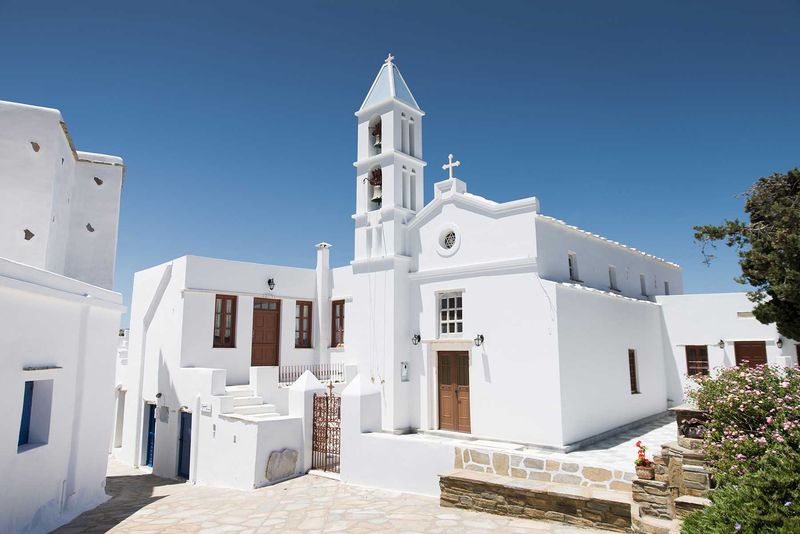
While cruise ships crowd Santorini and Mykonos, this nearby Cycladic island remains refreshingly authentic. Greek pilgrims crawl on hands and knees up the hill to the Church of Panagia Evangelistria, home to a miracle-working icon, creating a scene unchanged for centuries.
Away from the main town, 40 traditional marble-crafting villages dot mountainsides terraced with stone walls. Master craftsmen still carve intricate designs in workshops where apprentices learn techniques dating back to ancient Greece.
Beaches remain undeveloped compared to neighboring islands, with crystal waters and tavernas serving fish caught that morning. The island’s interior hides dovecotes – elaborate stone towers decorated with geometric patterns that once housed thousands of messenger and food pigeons, now preserved as architectural treasures.
15. Karpathos – Greece’s Time Capsule

Between tourist-heavy Rhodes and Crete lies an island where women still wear traditional dress daily, not just for tourists. In the mountain village of Olympos, accessible only by a single winding road, life continues much as it has for centuries – windmills grind grain, bread bakes in communal ovens, and elders speak a dialect closer to ancient Greek than what’s spoken in Athens.
The island’s remote location has preserved both culture and nature. Wind-swept beaches on the eastern coast create paradise for windsurfers, while hidden coves on the western shore offer complete solitude.
Goat paths lead to abandoned settlements where stone houses stand frozen in time. Spring transforms the mountains with wildflowers and herbs that local women harvest for traditional medicines still preferred over modern pharmaceuticals.
